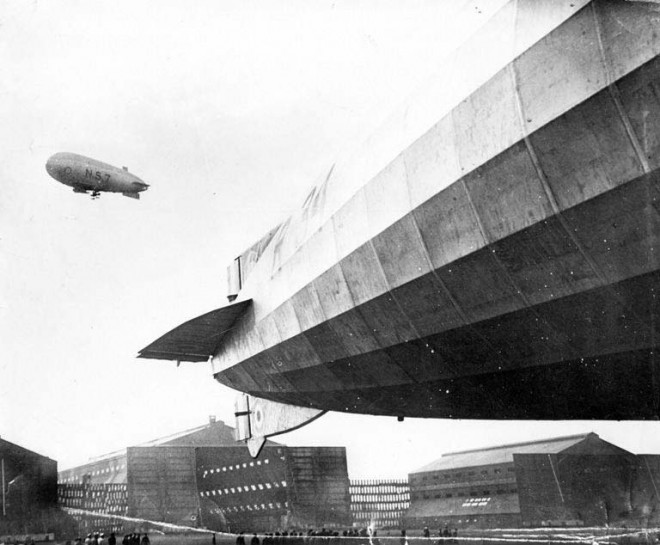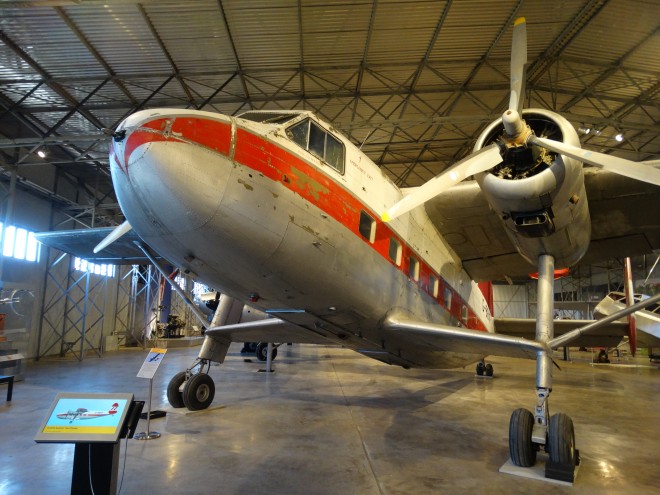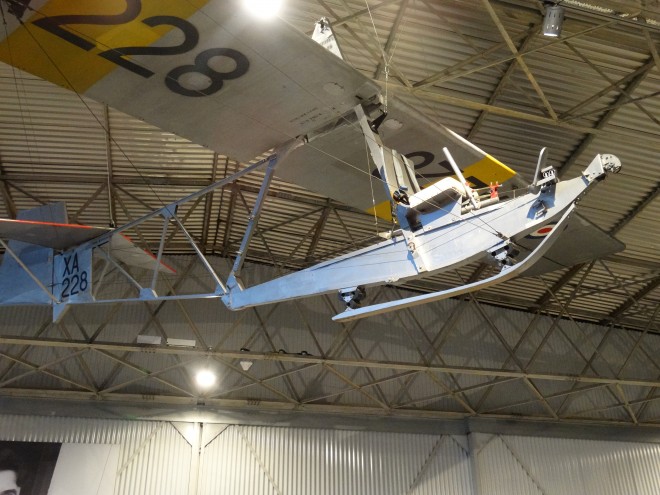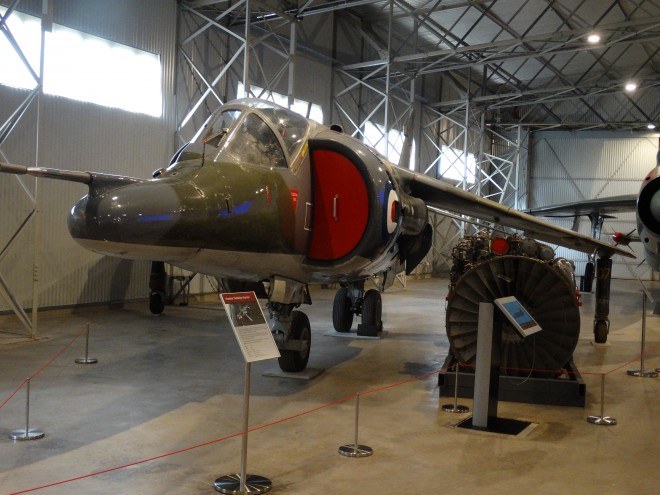#airshowscot Scotland’s National Airshow
Well hello Scotland.
Winter is officially over, so now it’s time to start organising the summer events, and for me that means Scotland’s National Airshow at the National Museum of Flight, East Fortune Airfield. As part of my first blog post, the very nice people at East Fortune have sent me a few questions that they would like me to answer, so, in no particular order:
Why do you like Scotland’s National Airshow?
I like the family atmosphere of Scotland’s National Airshow. Although we have many thousands of people on site, it never feels overcrowded, and everyone is always happy. The organising team is actually quite small, and so it’s very easy to build relationships. The same people are here working year on year, and I don’t just mean the Museum team, I mean the Police, Fire Service, Ambulance service etc.
As a site for a flying display, East Fortune is probably unique in the way that the trees at either end of the display line provide an ‘arena’ effect in front of the crowd that is perfect for the displaying of slower, older items, whilst still being suitable for the fastest, noisiest aircraft in service. Over the years I’ve grown to appreciate the place as a great airshow location with a fabulous heritage.
[youtube]https://youtu.be/jaltzn3CaZs[/youtube]
Why do you like East Fortune Airfield?
I’m an early aviation geek. I have a fascination for all early aviation, whether aircraft or airships; in fact I’m a member of Cross and Cockade, the First World War Aviation Historical Society. The fact that East Fortune was a major base for the Royal Naval Air Service airship force during the First World War, and was the very first base for the torpedo bombing force of the newly formed Royal Air Force make the place almost irresistible.
I’d just love to have seen the RNAS scouting airships arriving back from a U-Boat hunting trip, or a formation of Sopwith Cuckoos flying off to operate from the sands on the Firth of Forth, dropping practice torpedoes at towed targets, or even the Royal Navy’s first purpose built aircraft carrier, HMS Furious, at anchor in the Firth, or finally the R34 Airship sat on the grass in the centre of the airfield (over what is now the centre of the old runways) getting ready to cross the Atlantic. How can such a place NOT stir the blood!

Do you have a favourite aircraft in the collection?
I have to admit to having a soft spot for the Twin Pioneer, or the Twin-Pin as she was known. When I was a schoolboy, hoping to join the RAF, there was a recruiting poster/campaign built around this aircraft. It was depicted flying in to and out of tight little jungle clearings in Borneo, or operating on dusty desert airstrips in Libya or Aden – just the thing to get a 14-year-old excited about what was actually a freight carrying workhorse, rather than a sleek supersonic fighter such as the Lightning (which I also liked – I always fancied the idea of a Lightning with my name under the cockpit!).
When I finally did start flying in the RAF, my first posting was to a unit that had once been equipped with the Twin-Pin before re-equipping with helicopters, the Twin-Pins natural successor.

Do you have any stories about any aircraft in our collection?
Like many boys, I was an Air Cadet, and as an Air Cadet I was sent on a gliding course. Gliders in the 1960s were not the technological marvels they are now – I learned in an open cockpit, wood and fabric beauty called the Slingsby T21 Sedburgh, and you have one in the museum. I loved the Sedburgh, as all love their ‘first solo’ aircraft. It felt absolutely solid as a rock, and was very forgiving of a hamfisted 16 year old wrestling it around the sky – at least it was more forgiving than my instructor was after I managed to cause him to ‘black-out’ during a pretty spirited spin recovery exercise.

Also, you have a Harrier in the collection. Long long ago, in a galaxy far far away, I started my RAF career as an aircraft technician on what was then the pinnacle of aircraft design, the Harrier GR1. It was quite new in service; in fact the first 2 seaters had only just been issued (before that the pilot’s first flight in a Harrier was their first solo!). It’s always a bit of an emotional experience for me to see an original Harrier, from the days before Sea Harriers or American AV-8’s, and the one in the museum is a very early one.

You all now know a little bit more about me than before, and I’m sure there’ll be other questions to answer as the year progresses; I’ll be happy to answer them. In the meantime I must get back to the planning to ensure the display is as much of a success as last year. Do keep an eye on the museum website for Scotland’s National Airshow display announcements.
Best regards,
Norm Webster
The Second World War hangars at National Museum of Flight, East Fortune Airfield have undergone a £3.6 million restoration and refurbishment and were unveiled on Good Friday 25 March 2016. The hangars house an array of world-class military, leisure and commercial aircraft engagingly presented alongside interactives and film. The stories of those who piloted, worked or flew in the aircraft are told through thought-provoking interviews and displays featuring uniforms, documents and photographs.
If you found this post interesting there’s a good chance that your friends and colleagues will also, so do share using #airshowscot #NewHangars #AmazingAircraft

